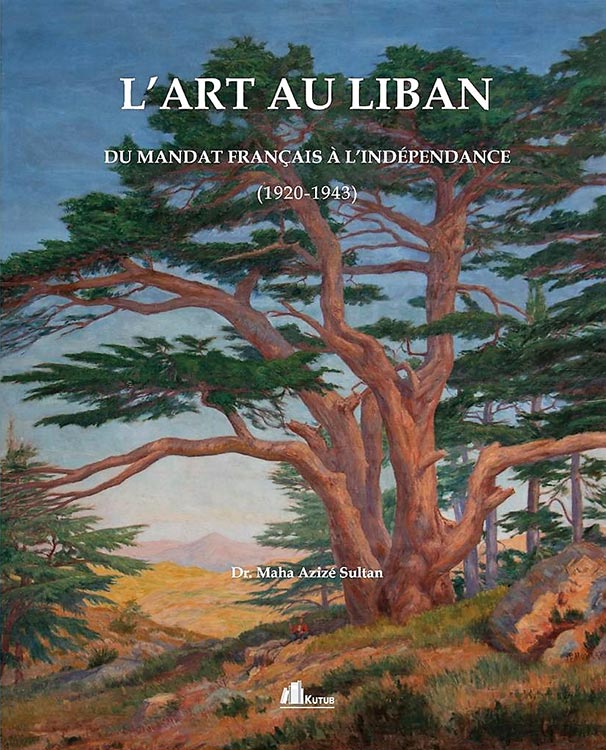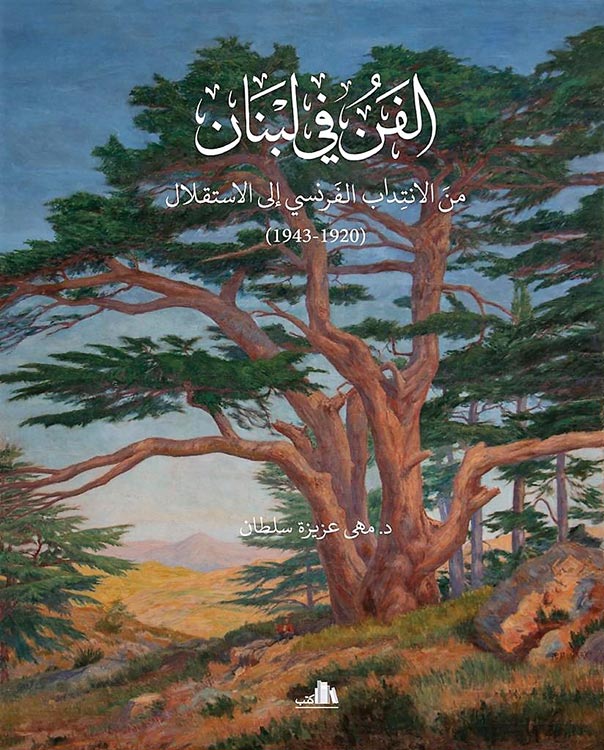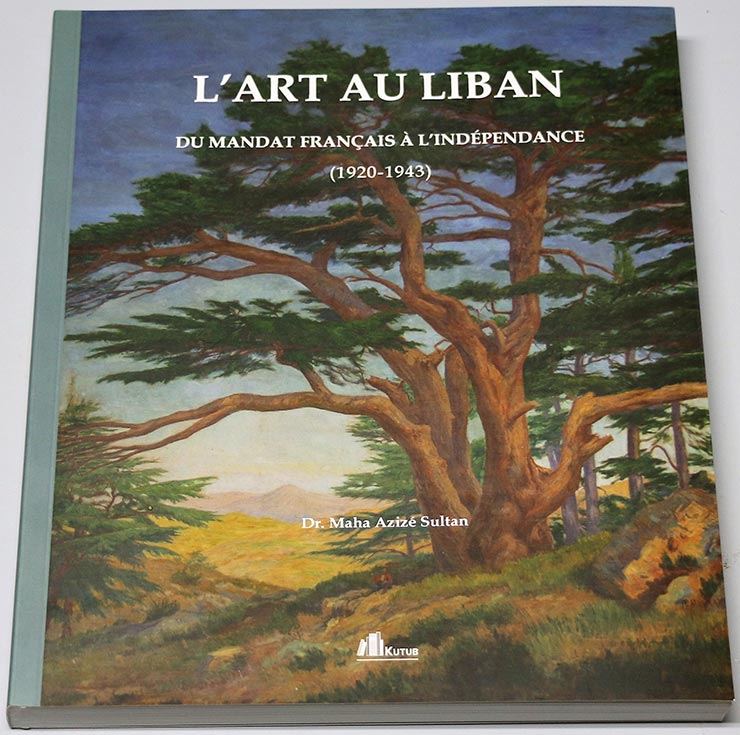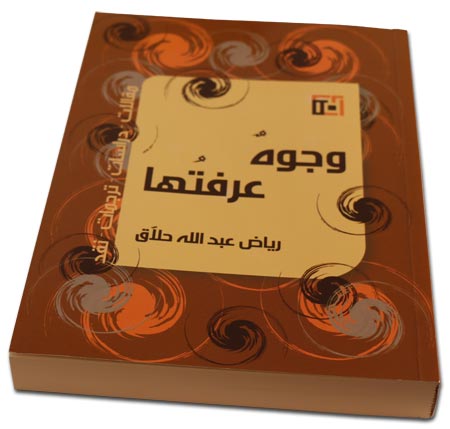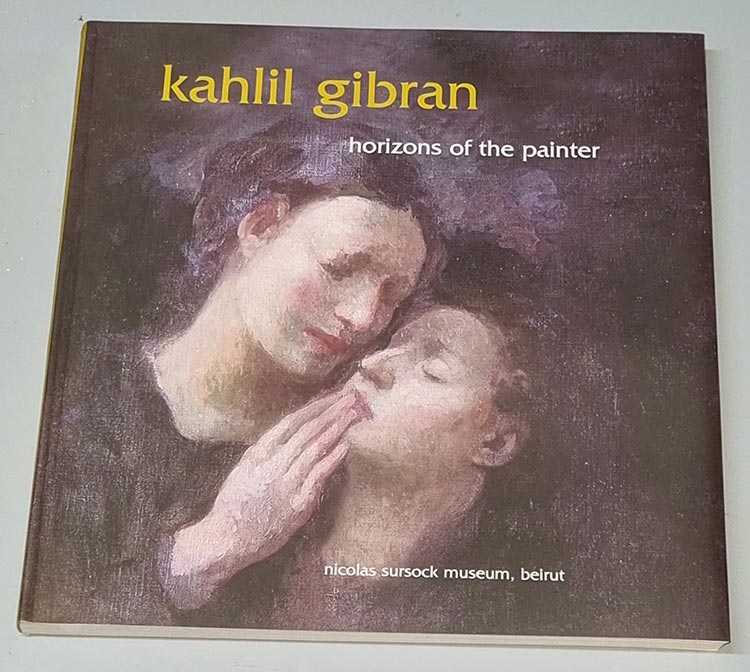L’Art au Liban – Du Mandat Français à l’Indépendance (1920 – 1943) الفن في لبنان – من الانتداب الفرنسي إلى الاستقلال – د. مهى عزيزة سلطان – Dr. Maha Azizé Sultan
L’Art au Liban
$26.70
Description
LebanonPostcard presents the book: Livre – L’Art au Liban – Du Mandat Français à l’Indépendance (1920 – 1943) الفن في لبنان – من الانتداب الفرنسي إلى الاستقلال (1920-1943) – د. مهى عزيزة سلطان – Dr. Maha Azizé Sultan – Kutub, soft cover, 26×22 cm, 292 pages, 2019 – Book in French or Arabic.
Résumé:
Sans aucun doute, Le Mandat Français au Liban (1920- 1943) rouvrit les portes de l’Orient devant la France; c’est alors que l’on voit affluer des artistes: amateurs et professionnels, des architectes, des touristes, intellectuels, écrivains, archéologues, et diplomates. La modernisation, ou l’innovation du goût artistique toucha les différents aspects de la vie. Des changements importants ont commencé à se manifester dans le transfert de la vie parisienne moderne à Beyrouth, ville en pleine expansion urbaine. Et sitôt on assiste à la fondation de clubs et d’associations qui ont organisé des Expositions sous le patronage du Haut-Commissariat. On ne manqua pas d’imiter la tradition des Salons, tels les Salons tenus au Grand Palais de Paris, d’ouvrir des salles d’expositions pour les œuvres artistiques (salle de l’Union française, salle de l’hôtel Saint-Georges, salle du parlement libanais…), sans oublier la participation du Liban aux Expositions coloniales organisées à Paris dans les années trente du siècle dernier.
Ceci s’accompagna par l’apparition des écrits sur l’art dans les pages culturelles des journaux et revues, signés par des journalistes, hommes de lettres et artistes français et libanais. À l’époque où le «Grand Liban» était un projet de conflit entre deux identités phénicienne et arabiste, L’impressionnisme trace son chemin vers la découverte de la beauté de la nature au Liban, le pays des racines, le carrefour des civilisations et le lien entre l’Est et l’Ouest.
نبذة:
بلا شك أن الانتداب الفرنسي (1920-1943) على لبنان قد أعاد فتح أبواب الشرق أمام فرنسا، مما دفع إلى مجيء أفواج من الفنّانين الهواة والمحترفين والمهندسين والسيّاح والمثقفين من أدباء وآثاريين ودبلوماسيين. بدأت التغيّيرات البارزة تتجلى في نقل الحياة العصرية الباريسية إلى بيروت التي أخذت تتوسع عمرانيّاً، فتأسست النوادي والجمعيات التي بادرت إلى تنظيم المعارض الفنية برعاية المفوّضين الساميين، كما أقيمت الصالونات الرسميّة أسوة بتقليد الـ Salon في الغراند باليه في باريس، واستحدثت أمكنة جديدة لعرض الأعمال الفنية كصالة الاونيون فرانسيز وقاعة فندق السان جورج وقاعة البرلمان اللبناني، ذلك فضلا عن مشاركة لبنان في المعارض الكولونيالية لفنّاني المستعمرات التي أقيمت في ثلاثيينات القرن العشرين في باريس. ترافق ذلك مع ظهور الكتابات الفنية على أعمدة الصحف، بأقلام ادباء وفنّانين وصحافيين وشعراء، فرنسيين ولبنانيين على حد سواء. وفي الوقت الذي كان فيه “لبنان الكبير” مشروعاً للصراع بين هويتين: الفينيقية والعروبية، أخذت الإنطباعية ترسم دروبها نحو اكتشاف جمال الطبيعة في لبنان أرض الجذور وملتقى الحضارات وصلة الوصل بين الشرق والغرب.
Short:
Art in Lebanon, from the French Mandate to Independence (1920-1943). Undoubtedly, the French Mandate (1920-1943) over Lebanon reopened the doors of the East to France, which prompted the arrival of groups of amateur and professional artists, engineers, tourists and intellectuals, including writers, archaeologists and diplomats. The prominent changes began to be reflected in the transfer of modern Parisian life to Beirut, which began to expand urbanly, so clubs and associations were established that took the initiative to organize art exhibitions under the patronage of the High Commissioners. The Union Francaise, the Saint George Hotel, and the Lebanese Parliament, in addition to Lebanon’s participation in the colonial exhibitions of colonial artists that were held in the 1930s in Paris. This was accompanied by the appearance of artistic writings on newspaper columns, by writers, artists, journalists and poets, both French and Lebanese. At a time when “Greater Lebanon” was a project for the struggle between two identities: Phoenician and Arab, impressionism began to draw its paths towards discovering the beauty of nature in Lebanon, the land of roots, the crossroads of civilizations, and the link between East and West.
LebanonPostcard will be responsible for sending the books you order, through a fast courier with a tracking number, guaranteeing reception of the package. The book may take between two and five days to arrive, according to the country it is sent to.
Additional information
| Weight | N/A |
|---|---|
| Dimensions | 1 × 1 × 1 cm |
| Languages | French, Arabic |


